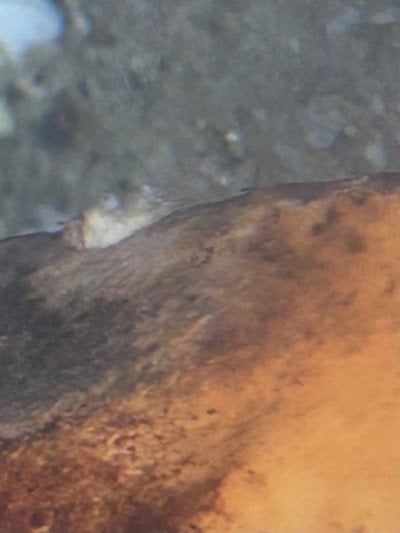We have a captive American Lobster, approximately 27 years old, with a shell abrasion discovered this morning on the underside of the crusher claw. I'm reaching out to as many folks as I can and reading through as many sources as possible, but figured it wouldn't hurt to ask for advice here as well. Aside from upping feeding to induce a molt (she molted almost a year ago, so I'm hoping we can get one soon) and the usual water change, does anyone have advice on how to treat? This article on shell disease in American Lobsters saw some positive signs with malachite green and formalin, but this study was done with juvenile lobsters who they were able to induce molting in faster. I'm considering supergluing a prosthetic cover over the wound and am looking into options with that. Any and all insight appreciated.


















